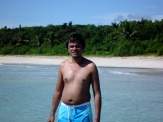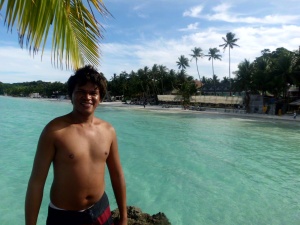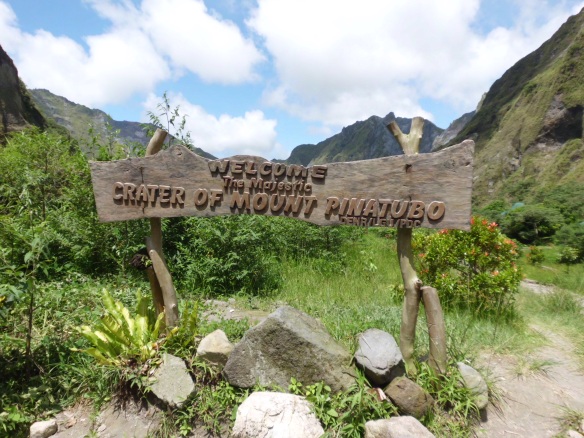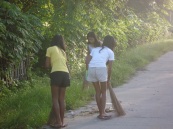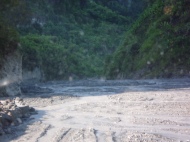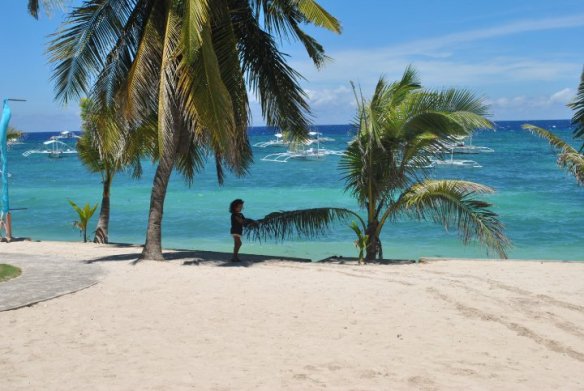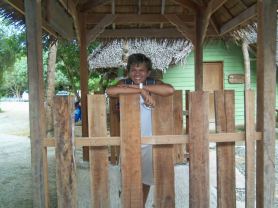 I got so excited with Cebu Pacific Air’s “Juan for Fun – Backpacker Challenge“. In this sponsored competition 5 teams with three members each are to enjoy 5 days of fun and adventure in six destinations in the Philippines, with a pocket money of 30,000 pesos, and loaned point and shoot camera and video. Sadly, I can’t qualify due to my age, though I could qualify as I am an enrolled postgraduate student.
I got so excited with Cebu Pacific Air’s “Juan for Fun – Backpacker Challenge“. In this sponsored competition 5 teams with three members each are to enjoy 5 days of fun and adventure in six destinations in the Philippines, with a pocket money of 30,000 pesos, and loaned point and shoot camera and video. Sadly, I can’t qualify due to my age, though I could qualify as I am an enrolled postgraduate student.
Nevertheless, I am excited for those who are going to get in the competition, and I’d follow the online threads and updates of their adventure. I’m a newbie on backpacking adventure, but so far, I’ve dotted places in Luzon and Visayas in my short leave from work. It is fun, specially if you are with people who share the same spirit of adventure and excitement to explore a place you’ve never been.
Planning your Adventure
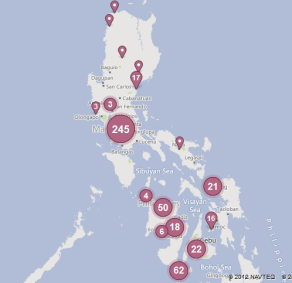 Every place is beautiful if you have the eyes to appreciate beauty in nature, culture, people, language, food, architecture, language and the challenge of getting lost and finding your way. For backpackers the challenge begins in the planning stage where the itinerary is set. Here, you ask where to go, but consider why you want to go there, and then mapping the route so you could maximize your time before you retire your tired body.
Every place is beautiful if you have the eyes to appreciate beauty in nature, culture, people, language, food, architecture, language and the challenge of getting lost and finding your way. For backpackers the challenge begins in the planning stage where the itinerary is set. Here, you ask where to go, but consider why you want to go there, and then mapping the route so you could maximize your time before you retire your tired body.
A little travel book, a map or the Internet should be able to help you in planning your trip. You must include three things in your plan: where to go, where to stay, where to eat. A jump off point is crucial, this is where you begin your adventure, and this must be accessible to public transportation, stores and lodging.
Another way to go ahead with your trip, if you get there by morning is to immediately go places. Instead of getting first to a jump off point, make that one the airport or pier where you begin your adventure. In this you need to have packed food and water ready in your bag. Your last destination then, should be a place nearer your next commute or transfer. This should be hotel or a lodge near the airport or bus terminal, where you have to get to your next destination.
Backpacking Basics
 Every spot has a story as each has its unique attraction to offer. My personal reason for backpacking is to wander and wonder in places I’ve never been to, or in places I’ve seen in pictures but I’ve never set my feet on.
Every spot has a story as each has its unique attraction to offer. My personal reason for backpacking is to wander and wonder in places I’ve never been to, or in places I’ve seen in pictures but I’ve never set my feet on.
In each place, there are natural attractions, bodies of water like lakes, waterfalls and beaches, geological formations like caves, hills and mountains, and some flora and fauna. Most people are up for this adventure, but it is tediously tiring because it requires, hiking, trekking, long walks, climbing and even sliding. But it sure is fun.
Each place has history and that is the story of its people. Museums are must for visit and so are the architectural structures. To go from one place to another, it is more fun to try what ordinary people are taking, and go with them instead of hiring the vehicle. This is more budget friendly. Churches, town halls, capitols, plazas, bridges, old houses and monuments are real icons of a place’s historical and cultural wealth. They are memoirs of the past and symbols of the place’s future.
To find your way, you have to interact with the locals and ask them politely. There are a plenty of people who are willing to help strangers. But ask different people several times before you make your decision. Not everyone really knows their own place. In a new place, don’t make yourself really a stranger and instead be immersed to it like how the locals would. Try to learn a few phrases – the most important ones to get you by.
There are many ways to go to a place, but given a tight backpack budget, you need to find the fastest and most cost-efficient way to get to where you want to go. In every place I visited, I learned that there are tricksters everywhere. Getting off the plane, the boat or the bus, there are many people who will offer their best. But, their best are not really good enough for the tight backpacker’s budget. It is better that you stay calm, walk around, eat first and find your way to the nearest public commute terminal. There you will find the real price for your transportation need.
So if you want to try authentic cuisine and the special delicacies in that destination, you have to stay away from the malls. You can go to the public market, or eat at a small turo-turo or carinderia and lavish on the street food locals would have. This cuts your expenses more than half as compared to what you would spend in posh restaurants or fastfood in the malls. Actually, malling is not for backpackers, lest you really have a need.
Take pictures, take a lot of them and try to capture the things from various angles and not ignoring details. Take shots of the places where you’d go, how you were to able to go there, and the actions taking place over there. Your pictures will retell your stories and your experiences to the envy of everyone never been there. After the hype of your travel is gone, when you look at those pictures again, memories of your adventure come to life which makes you more eager to go out again and take the trip.
Travel light and always be mindful of your belongings. Don’t trust anyone to keep your things and look after them for you. You don’t really need a new set of clothing for every day of your travel. You don’t need accessories nor jewelries when backpacking. Only the basic necessities and hygiene are to be met. Just mix and match your clothes or add a different accessory for your pictures.
Just make sure you have wetsuits, underwear, towel cum blanket, jacket in case it gets cold and rainy, and some basic light clothing. But all these depends on where you are going. Basic first aid kit and some medicines should also be in your backpack along with the wires and gadgets you basically need. Bring ziplock bags for your gadgets too. Should you feel like reading bring just one book fit to a small pocket, but I don’t think you’ll have time to read when you lie your body tired from an adventure pack day.
With a tight budget in hand, try to exchange your big bills to smaller bills. Separate your coins from paper bills. With smaller bills in hand, it will psyche you up that you don’t have enough money to splurge with, so you’ll be more conscious of spending what you have wisely. Paying with smaller bills will also psyche up the other person to trick or lure you.
Buy in the market area and not the nearby store, turn away from stores near resorts because they charge more. Make sure you place your money where it is safe, and never put them in your clothes’ pocket, so you don’t face the hassle of trying to find where you placed your money or when accounting them.
Enjoy your Backpacking Adventure
 Solo backpacking is different from backpacking with someone else. With a group, you have to forgo some of your personal agenda, like a specific place you want to go, unless they agree with you. With just another person, you will have to attend to his or her needs to and always be considerate of his or her feelings. With your own, nobody cares of what you do or where you want to go, or how you’d like to go there, but no one else will take your picture but you.
Solo backpacking is different from backpacking with someone else. With a group, you have to forgo some of your personal agenda, like a specific place you want to go, unless they agree with you. With just another person, you will have to attend to his or her needs to and always be considerate of his or her feelings. With your own, nobody cares of what you do or where you want to go, or how you’d like to go there, but no one else will take your picture but you.
The fun and adventure are different to when you travel alone or you travel with a group. For several times I went solo backpacking, all I had mostly were pictures of the place without me. Only those when I had guide had I several pictures of me and the place in the background. When in group, the joy is different too. You have someone to share your excitement, someone to cling on to when you slip, someone to call for help or help you when you’re in danger. With a group you have someone with you in any case.
If you want solitude, try solo backpacking. If you want more fun, bring your friends, your family or your special someone with you. But, do remember when you are with someone else, the adventure is not all yours and you are not alone. Every decision, every move, every action and everything you will do, you have others with you to consider. With a group, the goal is to have everybody enjoy the a variety of adventure, so better avoid any conflict with anyone.
I’ve done back packing alone, with others I don’t know, with friends, with colleagues, with my family — all ended fun and left us with good memories. I traveled for the fun of traveling to get to places, and enjoy life in there. That’s the most important thing with backpack traveling – enjoying life in its best, as is where is.








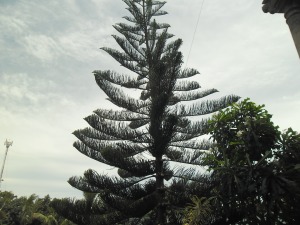 Don Mariano Ledesma Lacson built a mansion for his first Portuguese wife named Maria Braga, back in the 1900s in the middle of his sugarcane hacienda, only to be burned by the American forces in fear that the Japanese would use it as their headquarters. What used to be an imposing beautiful mansion, characterized by Italian and Neo-Romanesque design built as a testament for love, is now but ruins – yet with its unique scintillating charm.
Don Mariano Ledesma Lacson built a mansion for his first Portuguese wife named Maria Braga, back in the 1900s in the middle of his sugarcane hacienda, only to be burned by the American forces in fear that the Japanese would use it as their headquarters. What used to be an imposing beautiful mansion, characterized by Italian and Neo-Romanesque design built as a testament for love, is now but ruins – yet with its unique scintillating charm.
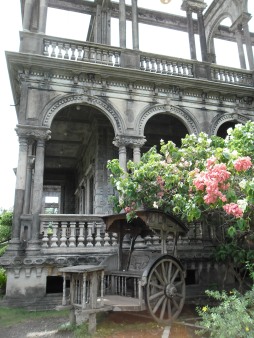
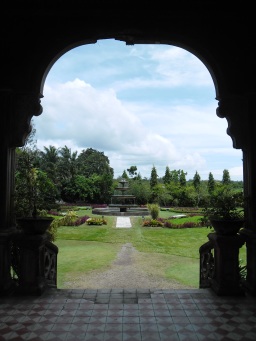
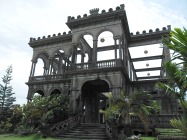

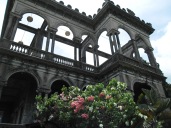
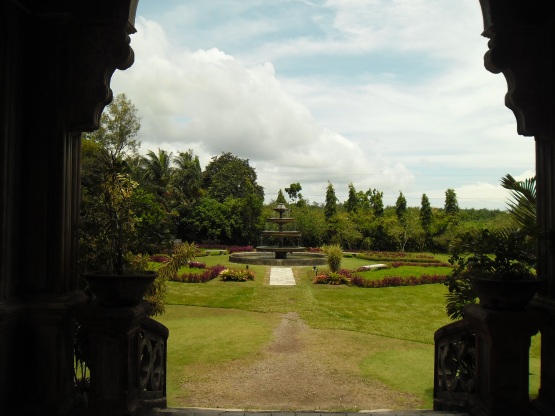
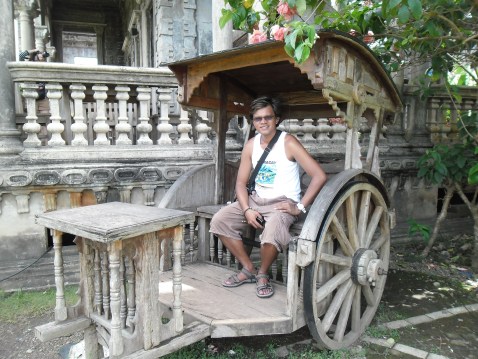










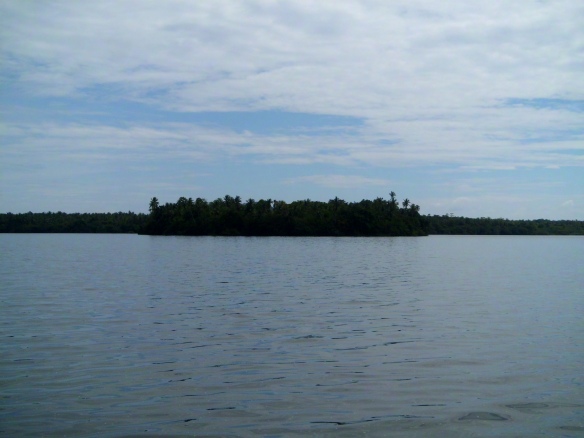










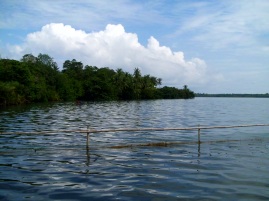

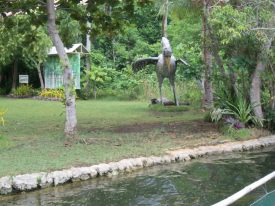






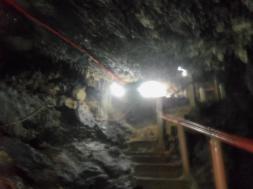



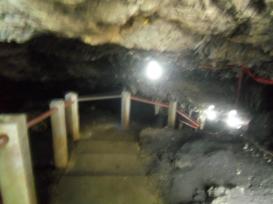




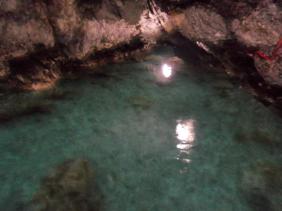












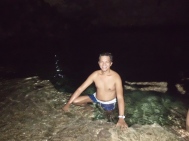




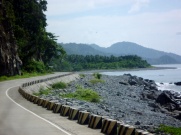
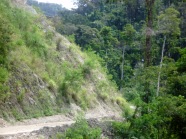
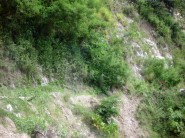

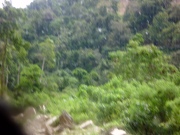






 We crossed the river and wandered the forested foot of the mountain. To our surprise there is an existing trail. We followed the trail and saw a handful of houses separated by patches of farmlands far from one another. We met this Austrian guy in his beautiful hacienda by the beach. We got to one side of the peninsula where mangroves grow naturally, and then stumbled into the rocky beach beside a cliff.
We crossed the river and wandered the forested foot of the mountain. To our surprise there is an existing trail. We followed the trail and saw a handful of houses separated by patches of farmlands far from one another. We met this Austrian guy in his beautiful hacienda by the beach. We got to one side of the peninsula where mangroves grow naturally, and then stumbled into the rocky beach beside a cliff.







